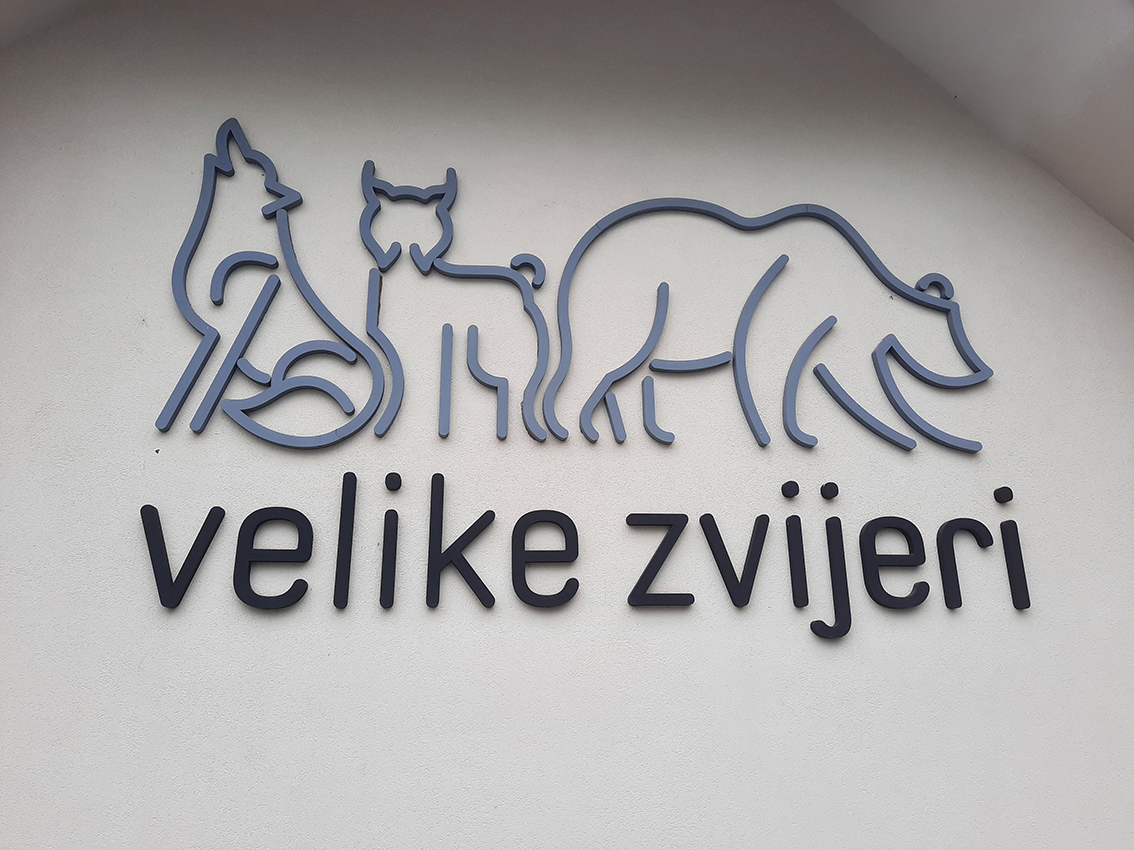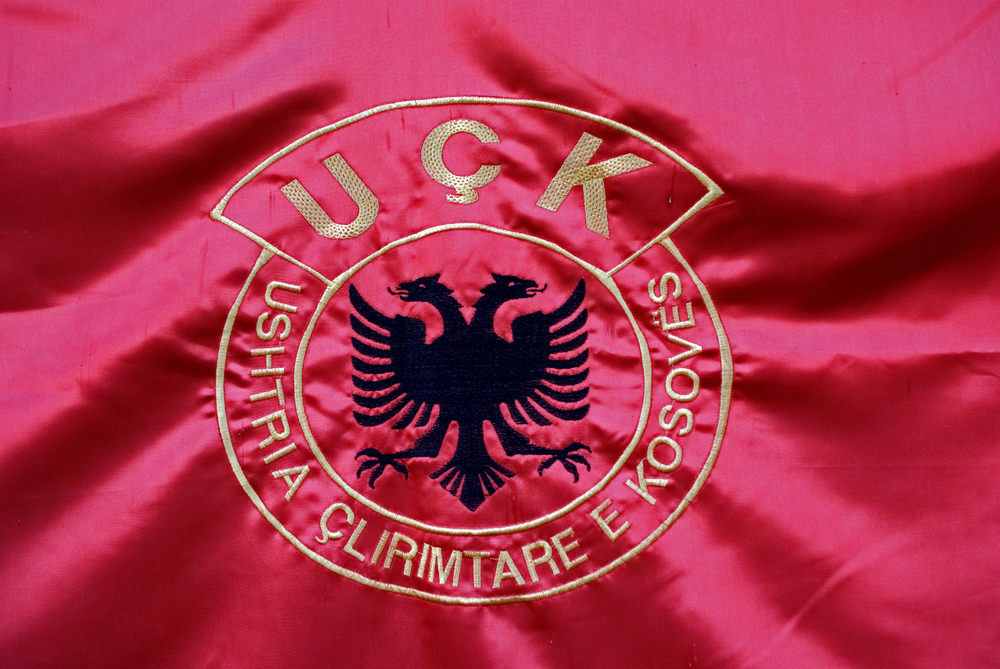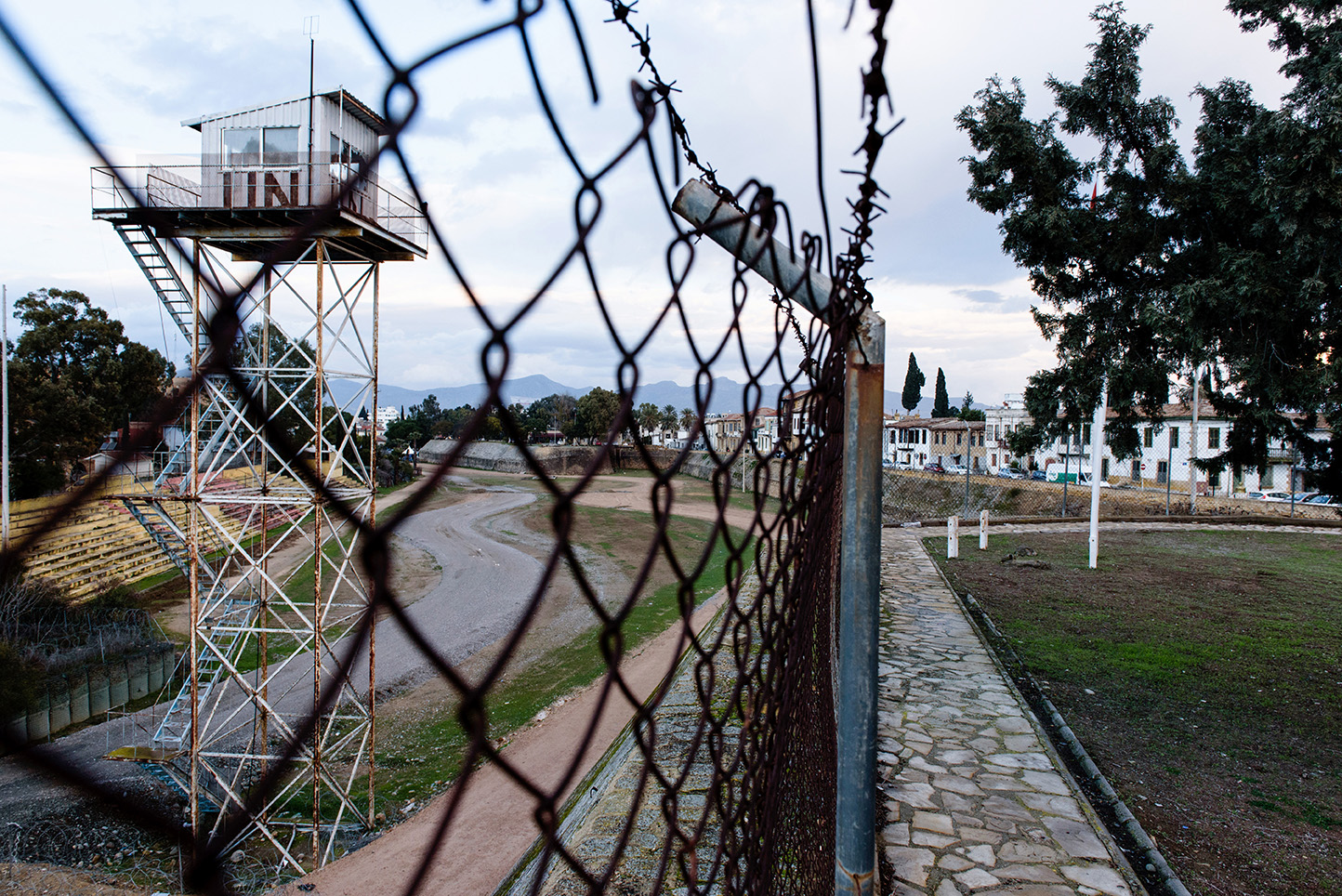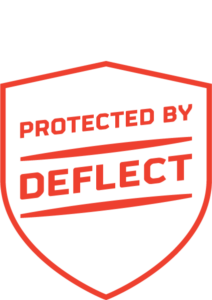Croatia, who is afraid of the wolf?
Until recently, it was under strict protection, but since 2024, partly at the request of the European Commission, the wolf’s protection status has been downgraded, so today this species is potentially huntable. According to some experts, “when society shifts to the right, the wolf pays the price”
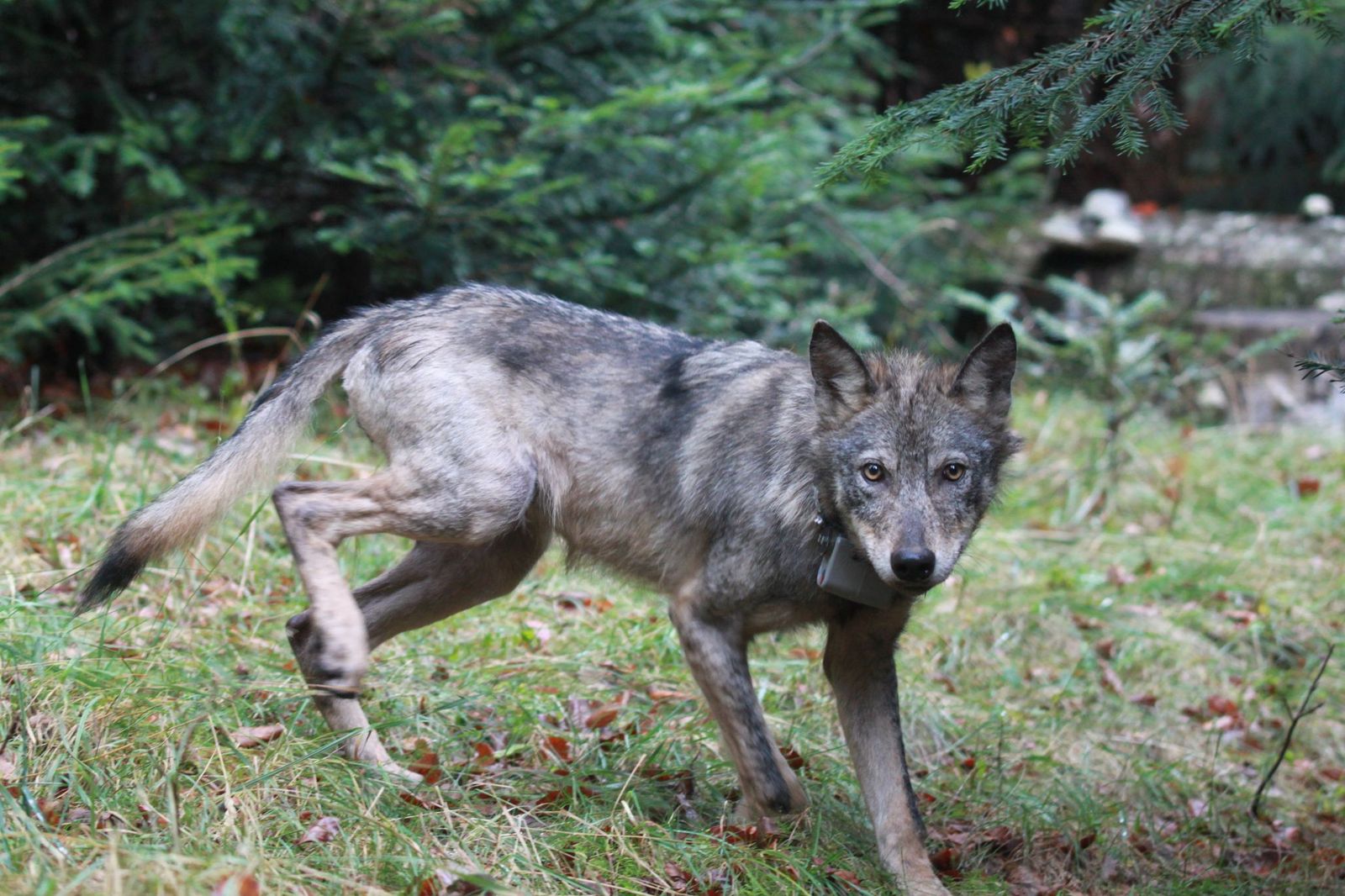
Croatia-who-is-afraid-of-the-wolf
Wolf – photo courtesy of Josip Kusak
Thick fog covers the road and trees as we approach the “Large Carnivores” Visitor Center in Stara Sušica, between Zagreb and Rijeka. This information center dedicated to large European carnivores – bear, wolf and lynx – opened in 2021 to offer visitors to Gorski Kotar an activity that can be practiced precisely on days like these, when hiking along beautiful trails through forests and along rivers is not possible due to bad weather.
Spread over two floors, inside a once dilapidated house, the center – through multimedia and interactive displays – tells the story of the life and habits of the carnivores that inhabit these regions and with which humans have a fluctuating relationship, from periods of peaceful coexistence to moments of more or less open conflict (or rather, hunting). At the time of our visit to the center, where we arrived with the desire to learn more about wolves, we are on the threshold of a new era of intolerance.
Wolf! Wolf!
In late 2024, the Standing Committee of the Bern Convention (which has been dedicated to the conservation of wild animals and their habitats in Europe since 1979) adopted a proposal from the European Union to modify the protection status of the wolf from “strictly protected fauna species” to “protected fauna pecies”. The decision came into effect in March 2025.
The Standing Committee of the Bern Convention, which includes some fifty countries, has previously discussed a possible lowering of the level of protection for wolves, but the proposal has never been accepted due to opposition from the European Union, which plays a significant role within the Committee. However, this time it was the European institutions that insisted on the changes.
According to European Commission President Ursula von der Leyen, “we need a balanced approach between the preservation of wildlife and the protection of our livelihoods”, and the lowering of the wolf protection level is “important news for our rural communities and farmers”.
Jessika Roswall, European Commissioner for the Environment, Water Resilience and a Competitive Circular Economy, added: “EU nature conservation policy and efforts to protect wolves have delivered good results in recent decades. However, the reality on the ground is changing. The continued increase in the wolf population and the risks it poses have justified an adjustment to the legal protection status of the wolf”.
In short, in the past the wolf was an endangered species in Europe, but luckily, we managed to save it. Today, however, there are too many wolves, so they are a nuisance.
The numbers do not add up
A symbol of European policies that advocate also for the conservation of wolves, the “Large Carnivores” Center in Stara Sušica is 70% financed by the European Regional Development Fund. In addition to stimulating the local economy, creating new jobs and tourism in a poorly visited area of Croatia (at least compared to the coast), the project that led to the Center’s creation also aimed to “raise public awareness of the importance of biodiversity conservation”.
Ivana Briški Đorđević, an expert who guides visitors through the Center, explains that “there are still numerous negative stereotypes about wolves, unlike bears, which we are taught to view with great sympathy from childhood”.
“There are currently six wolf packs in Gorski Kotar. Each pack has between six and eight individuals and moves across an area of approximately 350 square kilometers”, continues Briški Đorđević, who says that encounters with humans in these areas are “extremely rare”.
Unlike the lynx (extinct, then reintroduced in Croatia), the wolf never disappeared from Gorski Kotar, not even after World War II, when it was treated as a harmful species, so wolf hunting was encouraged.
“The wolf survived in southern and eastern Europe, while it has only recently reappeared in France, Germany, and even Switzerland and Austria”, explains Josip Kusak from the University of Zagreb.
According to the scientist, who also works as a visiting professor at Koc University in Istanbul and as an associate professor at the University of Utah in Salt Lake City’, “the European Commission’s decision is simply hypocritical”.
“When the Habitats Directive was adopted in 1992 [which, among other things, defines the status of the wolf, ed.], Western European countries had no problem demanding the highest level of protection for the wolf, because they did not have wolves on their territory. Now that the wolf has returned, they are demanding that the level of protection be lowered”, explains Josip Kusak.
But that is not all. According to the biologist, the decision of the European Commission is also “scientifically unfounded”.
“The Habitats Directive requires a Europe-wide inventory of all protected species every six years. However, the Commission did not wait until the end of the six-year cycle to make this decision, but based it on a study that only covered a three-year period, and with incomplete data”, adds Josip Kusak.
The aforementioned study (Blanco & Sundseth, 2023) – which the European Commission considers a “detailed analysis” – is, according to the Croatian biologist, “an old report that, in the case of Croatia, provides incorrect data”.
“The text claims that 243 wolves were recorded in Croatia in 2023, and cites one of my studies as the source. However, the authors obtained this number by adding up data collected over four and a half years. In short, the same wolves were counted four times”, points out Josip Kusak. “I called the authors for an explanation, but I did not receive any response. I really do not know how the data for other member states was obtained”.
Save the wolf
In the heart of Stara Sušica, a permanent exhibition shows the life of this large predator through the seasons. Spring is the time when the young are born. During the first two to three weeks, when they are still deaf and blind, the cubs are nursed and cared for by their mother, and later by other members of the pack.
“Unlike the female lynx, who lives alone and is forced to leave her cubs unattended in order to go hunting, wolves are never alone”, explains Ivana Briški Đorđević from the “Large Carnivores” Center.
In summer, young wolves emerge from their dens and stay in an open but isolated area, where the pack brings them food. Towards the end of summer, they learn to howl, and this is the time when we most often hear the wolf cry. With the arrival of autumn, the entire pack can move: the cubs are no longer small and weigh close to twenty kilograms. With their fur becoming thicker and shaggier, the wolf moves nimbly in winter and is not afraid of snow or cold. Paradoxically, this is the best time for the pack to hunt. Wolf time, indeed.
“The wolf has survived worse times in Europe, and it will survive this decision as well”, says Josip Kusak. “Lowering the protection level means that wolf hunting will be possible again, but I do not think it will have a significant impact on the wolf population in Europe”, adds Kusak. “Historically, it has been shown that this species can only be eradicated by using poison, but fortunately, that is no longer done”.
Why then was the status of wolf protection downgraded? “It is a political decision, a smokescreen”, replies Josip Kusak. “It has been proven that when society shifts to the right, the wolf pays the price, because those in power seek the support of traditionally conservative groups, such as rural residents, farmers and hunters, who are generally hostile to wolves”.
There is a risk that this large carnivore, an important regulator of the ecosystem, will become yet another victim of the reawakening of nationalism in Europe. But at least in the dense forests of Gorski Kotar, where it has always been at home, the wolf can be at peace.
This article is published as part of the Cohesion4Climate project, co-funded by the European Union. The EU is in no way responsible for the information or views expressed within the project; the sole responsibility lies with OBCT.

